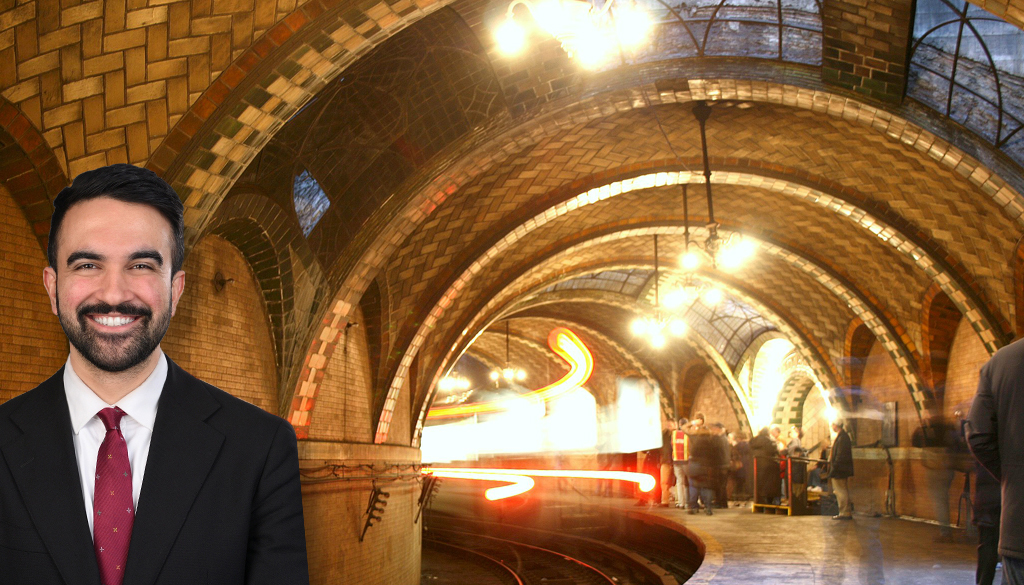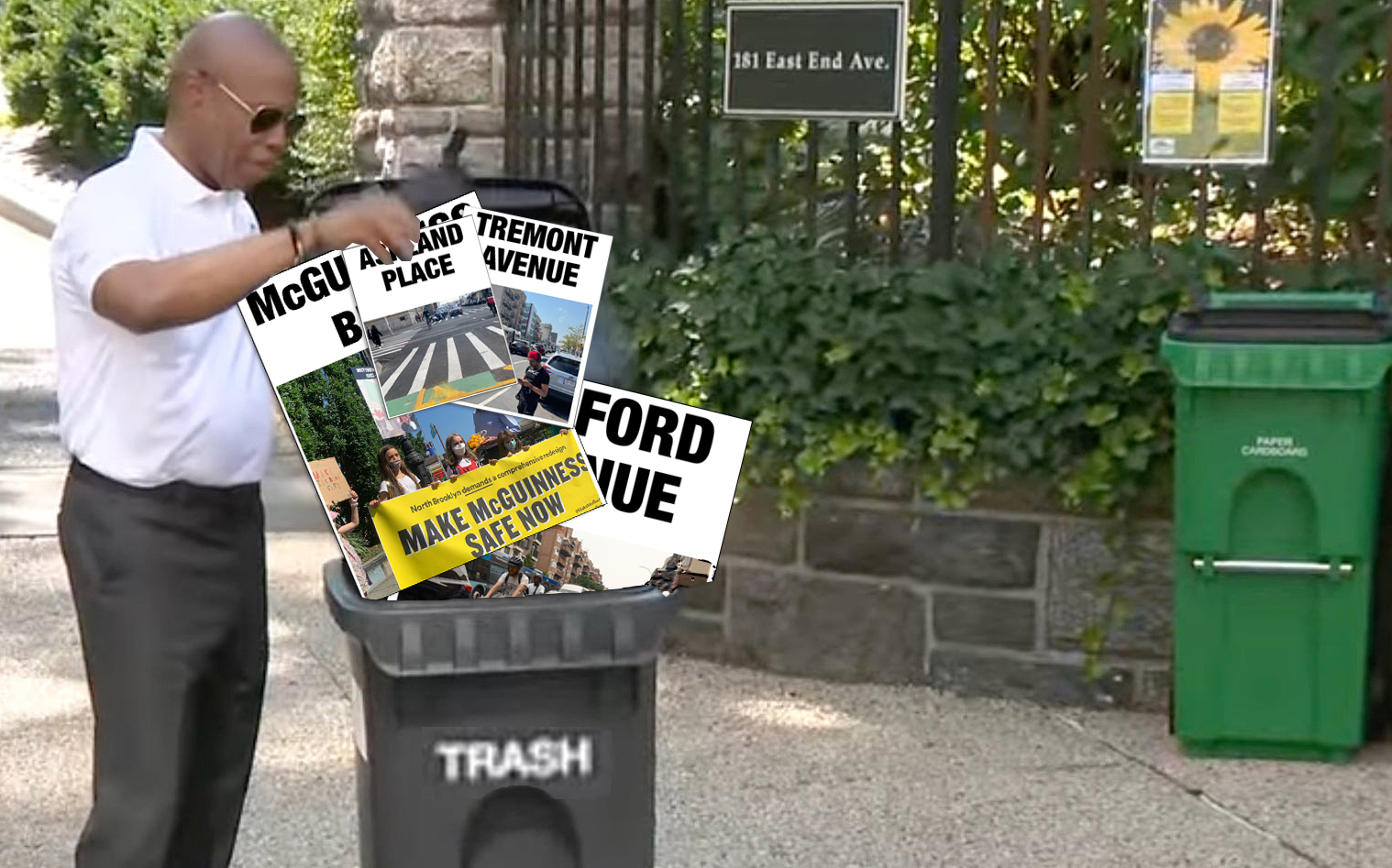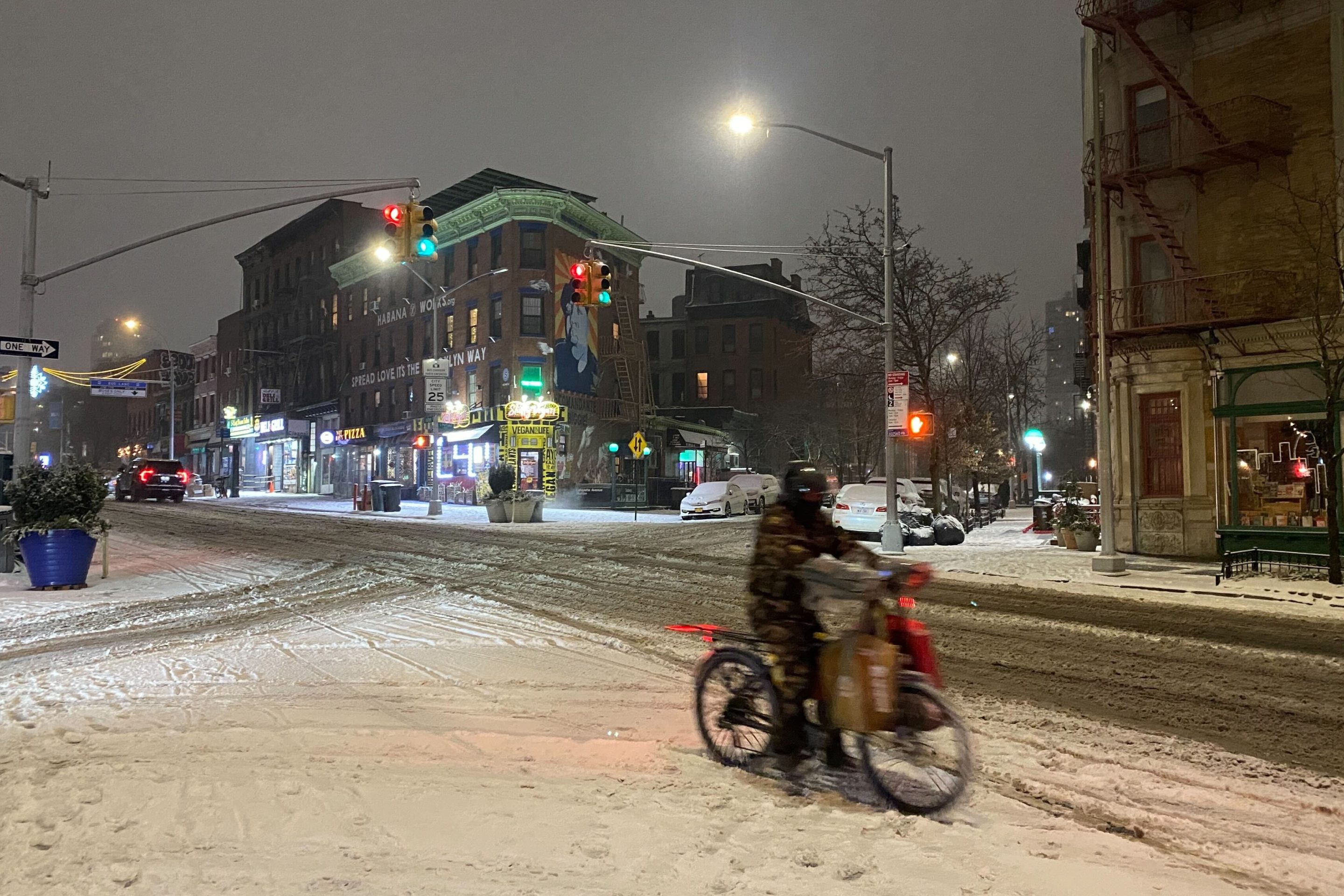Today's Times Select, a subscriber-only web site, has published a lengthy manifesto on New York City traffic and transportation by Carolyn Curiel. It urges Mayor Bloomberg to listen to the ideas being generated by the Citywide Coalition for Traffic Relief, and suggests that his legacy depends on it. Increasingly, one gets the sense that the groundwork is being laid for the Mayor to come out with a major announcement on this issue. We've re-published the article in-full and below are some choice
excerpts:
Even as Mayor Michael Bloomberg has taken bold steps to improve the other dampers on the quality of life - like crime and smoking in public indoor spaces - he has done little about New York traffic.
There are a few simple steps New York should take. The city has too many cars, and not enough streets and roadways to put them on. There needs to be fewer cars and more cyclists, pedestrians, and mass-transit riders.
One bold way to make this happen is "congestion pricing," an approach that is being tried with success in other large cities around the world.
Chicago and Paris have gone another route, concentrating on improving pedestrian walkways and cycling lanes, reducing car usage for shorttrips.
The city continues to grow, with its population projected to reach nine million in the next quarter century. New office towers being planned and built now put an even bigger burden on the city's badly overburdened streets. Now is the time to draw up a workable plan that prevents New York from being immobilized by its own spectacular success.
Every day, 3.6 million people - half of them workers - pour into Manhattan south of 60th Street. People rightly complain most vehemently about trucks, which are the loudest, most menacing, and most exhaust-spewing traffic. Still, trucks account for just about 14 percent of the traffic. According to a study this year by Bruce Schaller, a transportation consultant, 60 percent of the trips are made by persona autos, and most of these trips could have been accomplished by mass transit. That makes cars the heart of the problem.
Whether by design or not, the city enables many of these self-indulgent commuters. It has provided free parking - or inexpensive metered parking - oneven the narrowest of streets.
New York should also rethink free parking. Much of the parking in the city is free, even for non-residents - which is not the case in many parts of the country, where residents get special parking permits. New York also hands out parking permits to many municipal employees which they use like entitled diplomats with immunity. Limiting such passes would immediately help to make streets passable, especially in Lower Manhattan, where many municipal offices are located.
New York's approach to transportation - like most cities - has been described as first making sure that "all the cars are happy." That should change.
The priority should be making sure that New Yorkers, and the people who spend their days here, have a safe, clean, and efficient environment for going about their business and recreation. If that means burdening cars, that's what should be done.
The boldest step of all would be imposing serious fees on people who bring cars into the bottom third of Manhattan.
The Bloomberg administration, which did a brilliant job in selling the smoking ban as the cure for an occupational health hazard, could certainly justify congestion pricing in some form as a health issue - curbing emissions to lengthen and strengthen lives. There are questions about whether the city even has the jurisdiction to collect a road fee.
Most issues of taxation and transportation fall to the state. But with the winds of change sweeping through Albany this year, this is as auspicious a time as any to get the city the authority it needs.
Clearly, New York needs a traffic strategy.
Mayor Bloomberg has made it clear that he wants to leave a big mark on the city before his second term is over. He has tended to think about a legacy with bold building projects, like the proposed West Side Stadium.
By coming up with a bold plan for changing traffic patterns in New York, he could make the city safer, cleaner, and more livable - and New Yorkers would be thanking him for many years to come.





